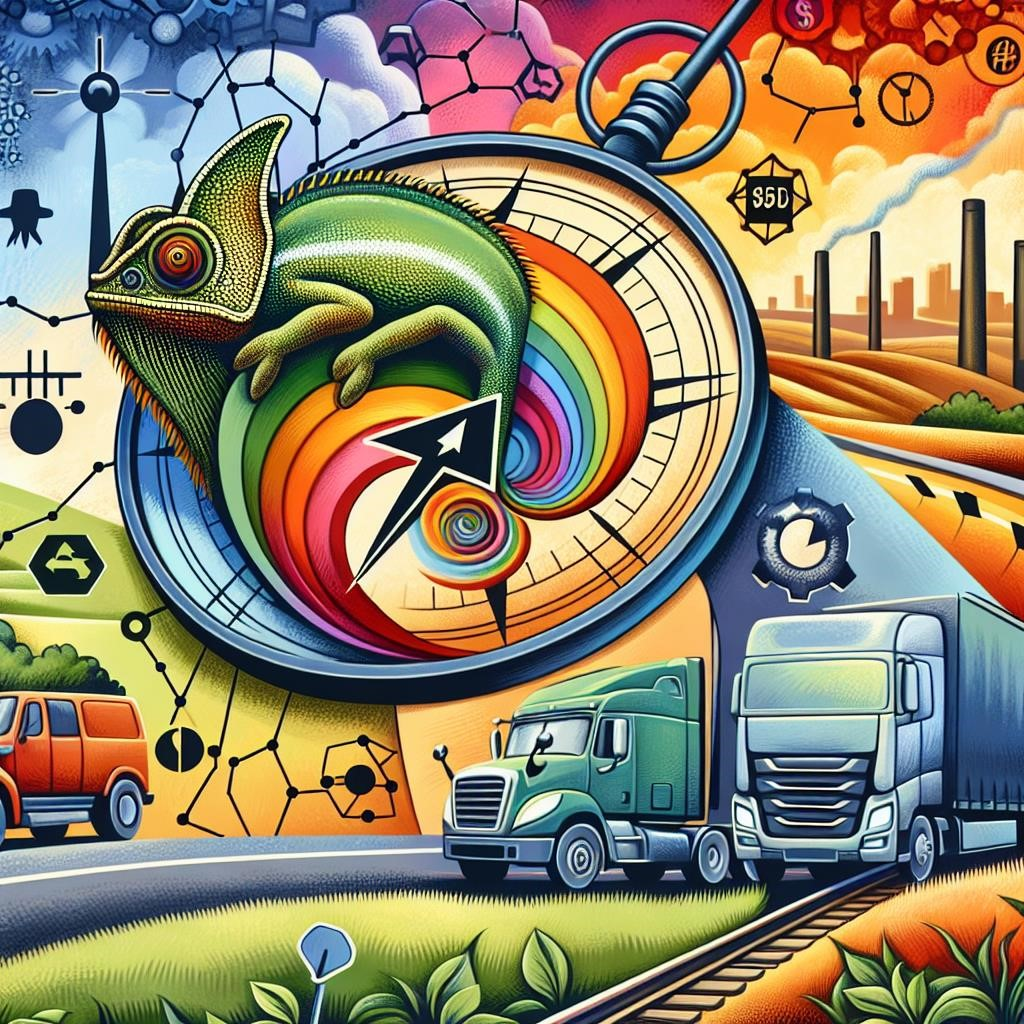The freight market is a dynamic environment influenced by various factors such as economic conditions‚ consumer behavior‚ and technological advancements. As a vital part of the logistics and supply chain industry‚ trucking plays a crucial role in transporting goods across the globe. This article delves into the current trends shaping the freight market and how they impact the trucking industry.
1. Economic Factors Driving Freight Demand
The demand for freight services is closely linked to the overall health of the economy. As economies grow‚ so does the demand for goods‚ leading to an increase in freight volumes. Key economic indicators include:
- GDP Growth: Higher GDP often correlates with increased consumer spending and industrial production.
- Consumer Confidence: When consumers feel confident about their financial situation‚ they are more likely to spend‚ boosting freight demand.
- Retail Sales: An uptick in retail sales typically indicates a surge in truck freight as goods are moved to stores and customers.
2. Technology Integration in Trucking
Technology is revolutionizing the trucking industry‚ leading to increased efficiency and better service delivery. Some notable advancements include:
- Telematics: Utilization of GPS and onboard diagnostics to track vehicle performance and optimize routes.
- Automation: The rise of autonomous trucks promises to reshape the labor landscape and improve safety.
- Blockchain: Enhancing transparency and security in freight transactions‚ reducing fraud and errors.
3. Sustainability and Green Initiatives
As environmental concerns grow‚ the trucking industry is under pressure to adopt sustainable practices. Key trends include:
- Alternative Fuels: The adoption of electric and hydrogen fuel cell trucks aims to reduce carbon emissions.
- Fuel Efficiency: Companies are investing in more fuel-efficient vehicles and technologies.
- Carbon Offsetting: Many trucking firms are implementing carbon offset programs to counterbalance their emissions.
4. Labor Challenges in the Trucking Industry
The trucking sector is facing significant labor shortages‚ which affect service delivery and operational efficiency. Contributing factors include:
- Ageing Workforce: A significant portion of truck drivers are nearing retirement age‚ leading to a talent vacuum.
- Work Conditions: Long hours and time away from home deter new entrants into the profession.
- Training and Retention: Companies are focusing on improving training programs and retention strategies to attract new drivers.
5. E-commerce Boom and Last-Mile Delivery
The surge in e-commerce has transformed the freight market‚ particularly in last-mile delivery. Key considerations include:
- Increased Volume: The rise of online shopping has led to an increase in small package deliveries‚ requiring more trucks on the road.
- Speed and Efficiency: Consumers expect faster delivery times‚ pushing logistics firms to optimize their operations.
- Urban Logistics: Challenges in urban areas require innovative solutions for efficient last-mile delivery.
6. Regulatory Changes Affecting Trucking
Regulatory frameworks play a significant role in shaping the trucking landscape. Key regulations include:
- Emission Standards: Stricter regulations on emissions are driving the industry towards cleaner technologies.
- Hours of Service Regulations: These regulations govern how long drivers can operate‚ impacting freight availability.
- Safety Regulations: Enhanced safety regulations are leading to improvements in driver training and vehicle maintenance.
The freight market is continuously evolving‚ influenced by economic conditions‚ technological advancements‚ sustainability initiatives‚ labor challenges‚ e-commerce growth‚ and regulatory changes. For trucking companies to thrive‚ they must adapt to these trends‚ leveraging technology and innovative strategies to meet the demands of a changing landscape. As we look to the future‚ staying informed and agile will be crucial for success in the freight market.

Comment here